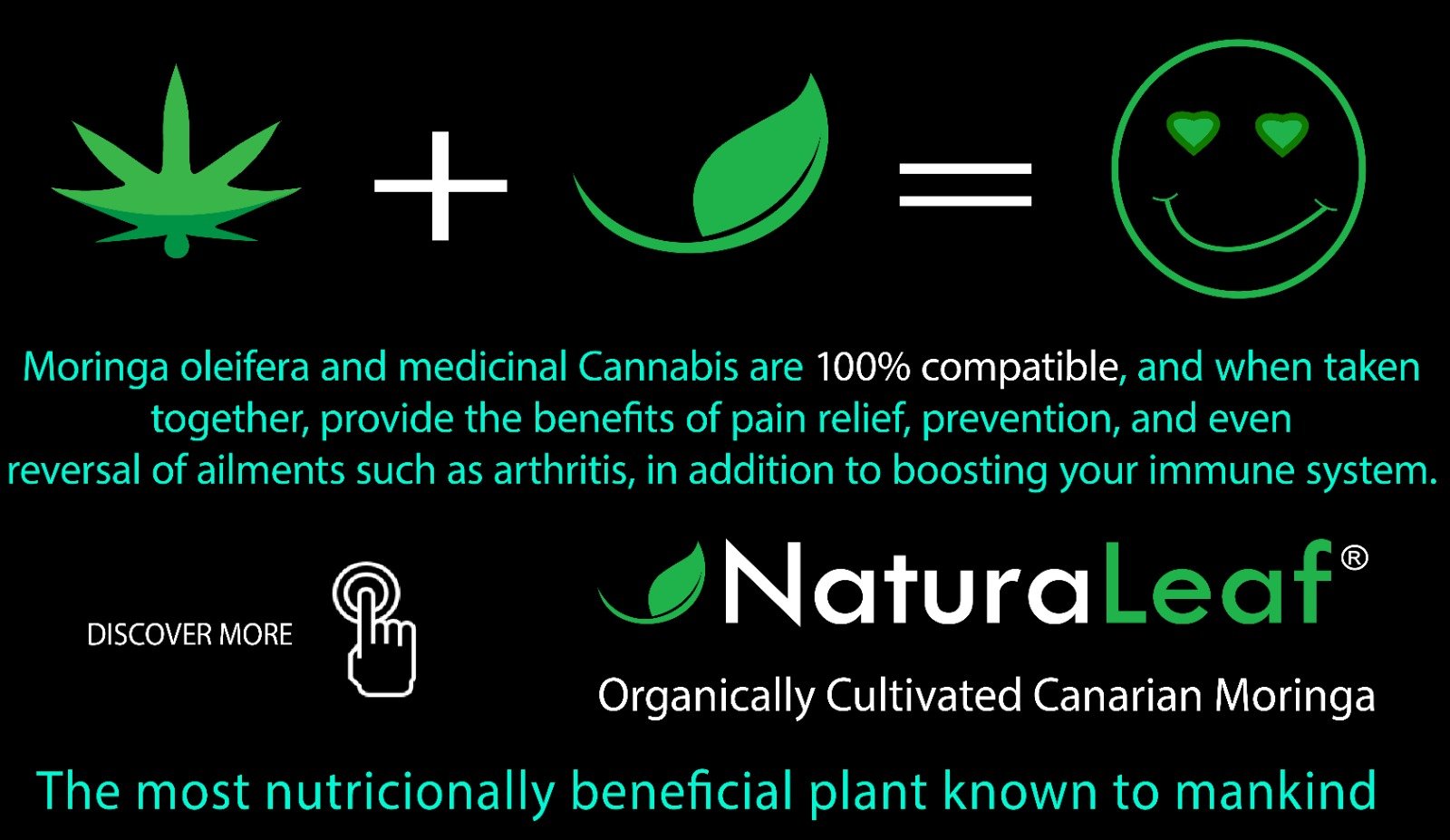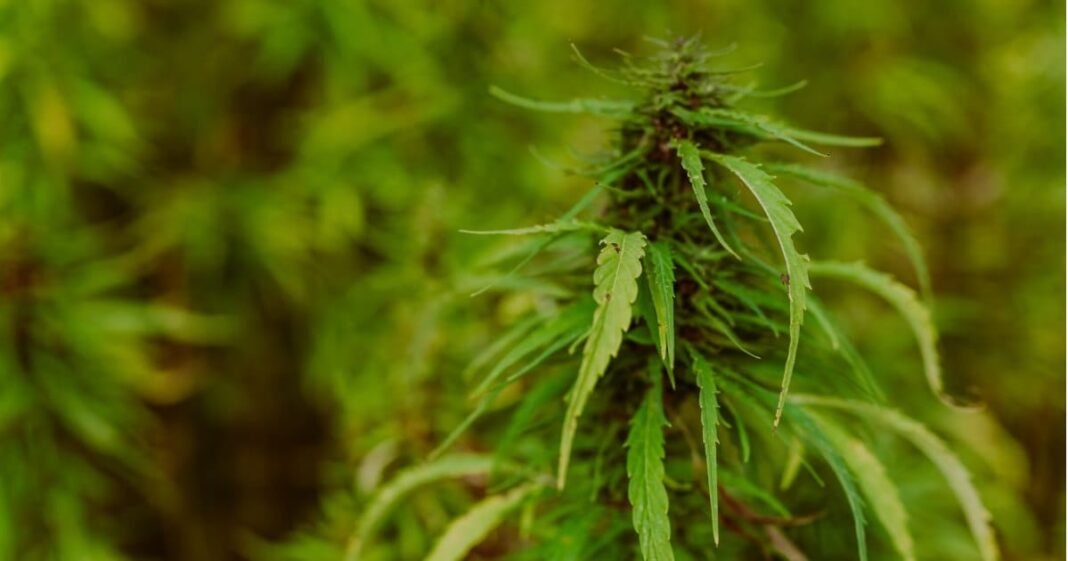An economist who specializes in cannabis and hemp claims that the U.S. Department of Agriculture’s (USDA’s) method of calculating value of hemp cultivation is flawed and negatively impacts farmers.
The issue is relation to floral hemp – plants that are cultivated for cannabinoid extraction.
The lower price of the crop makes it harder for farmers to get money. This inhibits infrastructural growth and limits market expansion. said Beau WhitneyWhitney Economics is the founder.
Whitney says the USDA has a standard method for calculating hemp fibers, grains and seeds. However, it’s not the same when determining the value of floral production. This is because the formula is a combination of sales from biomass and flowers, which have a combined price of less per pound.
The difference in value of the two is huge — USD $330 per pound for flower in 2024, compared to $2 per pound for biomass. The USDA National Hemp Report for the crop year 2024 states that the value of the floral hemp harvested in the open was $386,000,000, or $18.56 per kilogram.
The USDA estimated that the floral hemp crop would reach 20.8 millions pounds in 2024.
Whitney says that it would only take 1.2 million pounds to exceed the value of $386 million of the crop. The USDA undervalues the floral industry because of this error in calculating the value.
The impact of incorrect values, he says, includes:
- Planting the crop is less popular among farmers.
- Data that is incorrect can be used to make decisions by politicians.
- The market is not accurately portrayed to investors.
The USDA’s error is having an impact on all of hemp and it must be corrected immediately. Otherwise, the hemp market growth and industry could be adversely affected.
Each year, the USDA conducts a census on all growers in each of the 50 US States. They gather data about acreage and yield, as well as production and prices. In the USDA’s report for 2024, hemp was grown openly (all uses) on 45,294 acres. This is a 64 percent increase. The area harvested, however, increased by 55 percent. The total production value was $417 millions in 2024, an increase of 46 percent.




